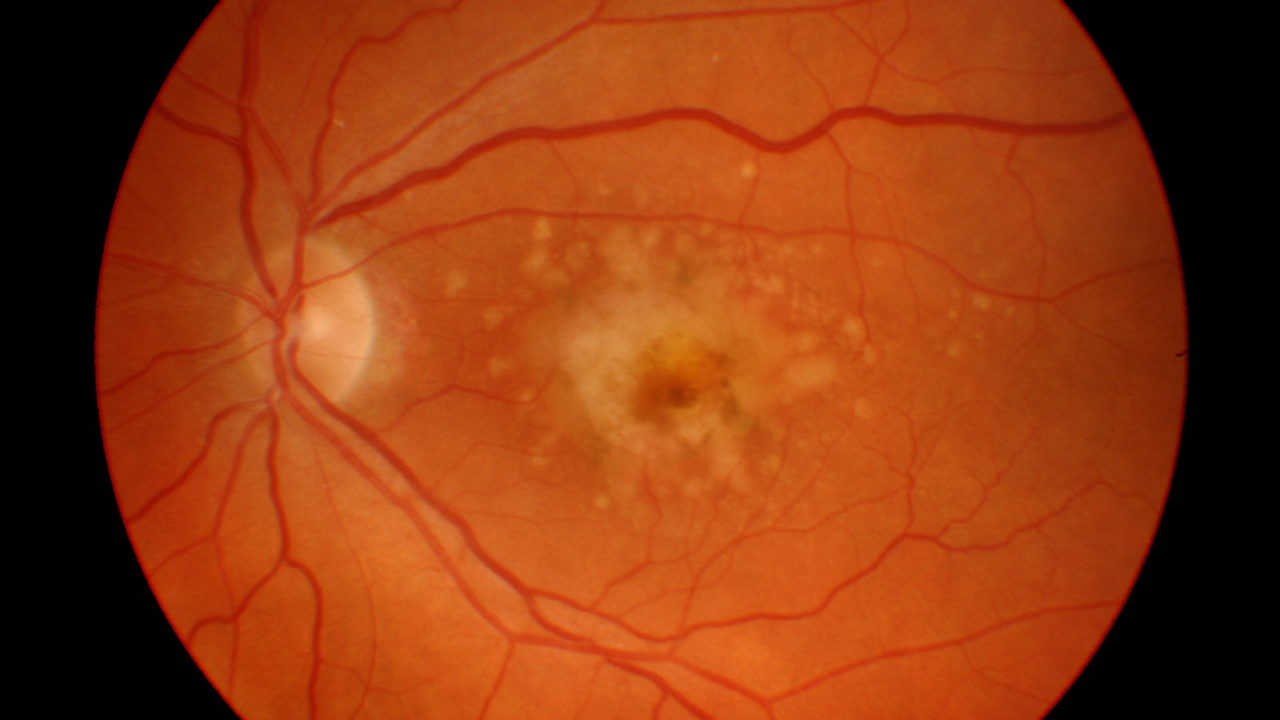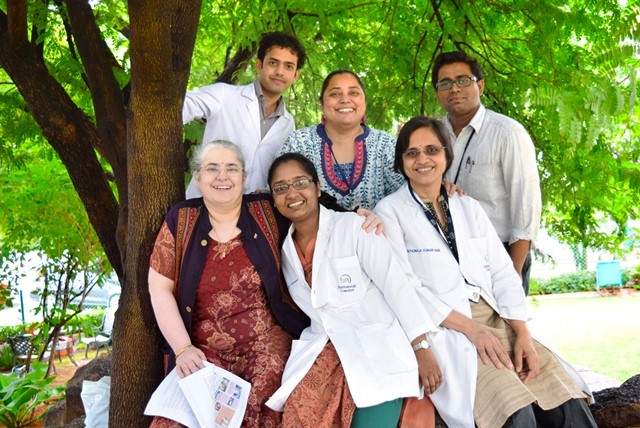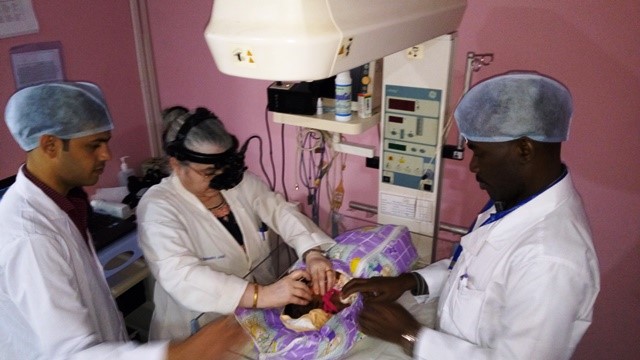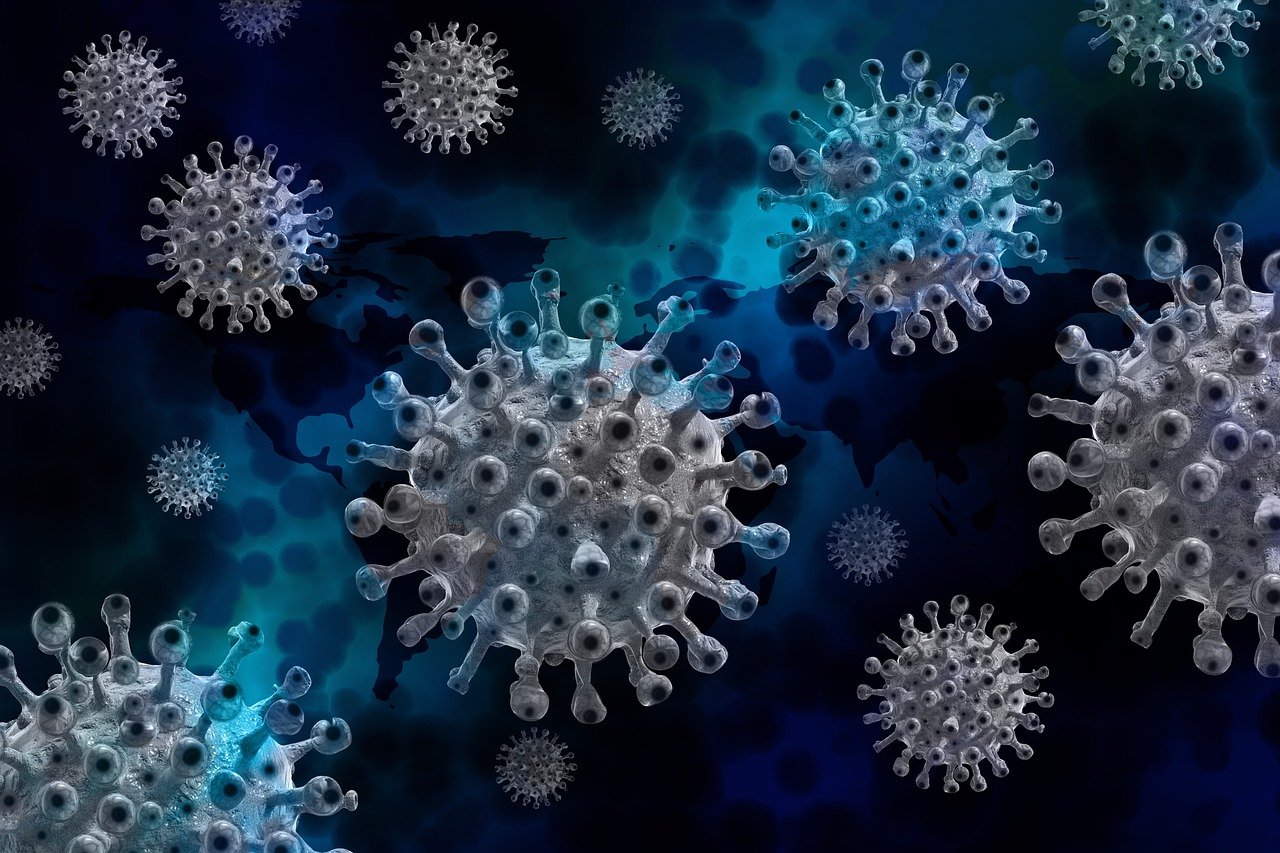
Tear-Based Screening Test Soon for Childhood Blinding Condition
- News
- 1.8K
Retinopathy of prematurity (ROP) is one of the most common serious eye complications that occurs in premature babies. It can lead to incomplete blood vessel growth in the retina, and eventual loss of vision. A group of researchers in Hyderabad have identified a biomarker that can help in detecting the risk of ROP from just a drop of tear.

Premature babies are administered oxygen to help them survive in incubators. This process, however, has to be monitored carefully as overexposure to oxygen can be highly toxic to blood vessels including those in the retina. Overexposure to oxygen in neonatal care is a major cause of ROP.

Low oxygen levels in the retina when the child is out of incubator cause abnormal blood vessel growth in the retina, which in turn causes loss of neurons and vision loss. About 40 to 50% of prematurely born infants develop ROP and of them 10 to 18% progress to develop severe stages of this disease leading to blindness.
Researchers at the LV Prasad Eye Institute, who have been working on genetic or protein-based markers for ROP for many years, have identified a few proteins that cause inflammation in the eye leading to abnormal blood vessel growth.
The levels of these inflammatory proteins – Complement component C3 and Matrix metalloproteinases 2 & 9 – were found to be higher in tear samples of preterm babies with ROP. Based on these findings, the group is developing a diagnostic test for ROP.
Researchers have also explained the role of inflammation caused by reduced oxygen levels in the eyes in the development of this condition. During the past few years, a screening programme for ROP has been conducted at all major neonatal intensive care units in Hyderabad and Secunderabad.
“While several risk factors for ROP such as low gestational age, low birth weight, oxygen supplementation, sepsis, multiple births and maternal health during pregnancy were thought to help in predicting the risk of ROP progression in premature infants, but these factors can’t help in predicting the risk of severe ROP,” said Dr Inderjeet Kaur, a scientist at the Kallam Anji Reddy Molecular Genetics lab of LV Prasad Eye Institute, while speaking to India Science Wire.
“Besides the identification of a biomarker for this condition, our team is also working to fill the gap in existing knowledge about underlying molecular pathology of ROP”.
ROP is a ‘self-limiting’ condition and it disappears by itself in most premature babies while progressing to a severe stage in some. Therefore, early diagnosis can help in identifying at risk. Vision loss in such babies can be prevented through early interventions like laser surgery or drug-based treatments likely to become available in future.
The research team included Sonika Rathi, Subhadra Jalali, Satish Patnaik, Shahna Shahulhameed, Ganeswara R. Musada, Divya Balakrishnan, Padmaja K. Rani, Ramesh Kekunnaya, Preeti Patil Chhablani, Sarpras Swain, Lopamudra Giri, Subhabrata Chakrabarti and Inderjeet Kaur. The research findings were published in journal Frontiers in Immunology. (India Science Wire)
By Dinesh C Sharma
Journal Article
Abnormal Complement Activation and Inflammation in the Pathogenesis of Retinopathy of Prematurity
If you liked this article, then please subscribe to our YouTube Channel for the latest Science & Tech news. You can also find us on Twitter & Facebook.


